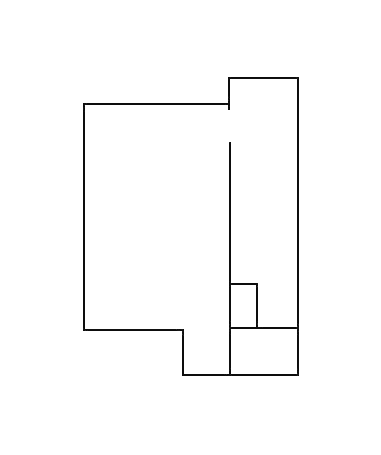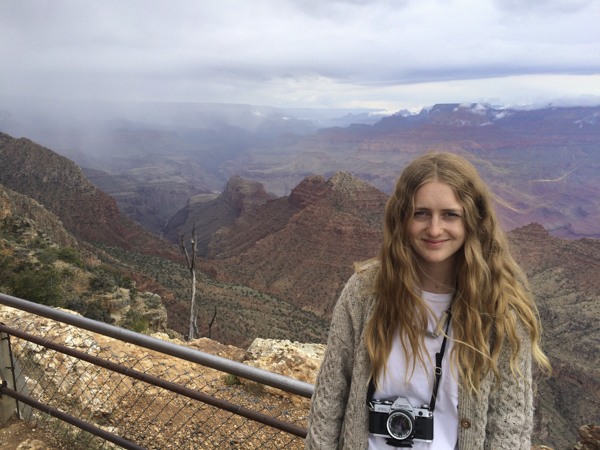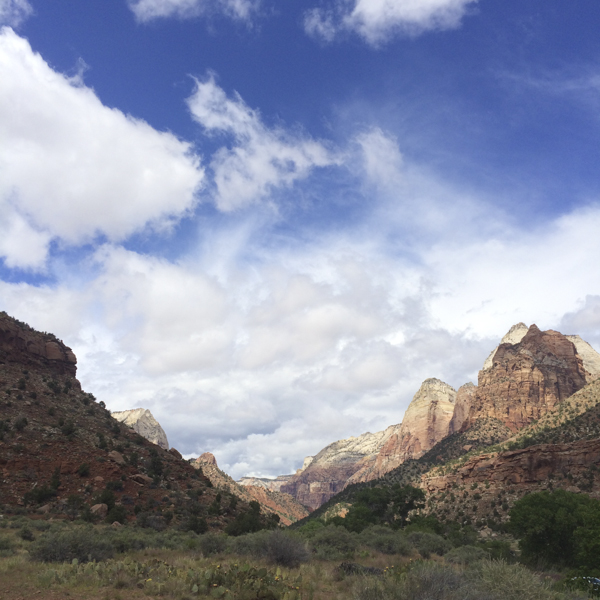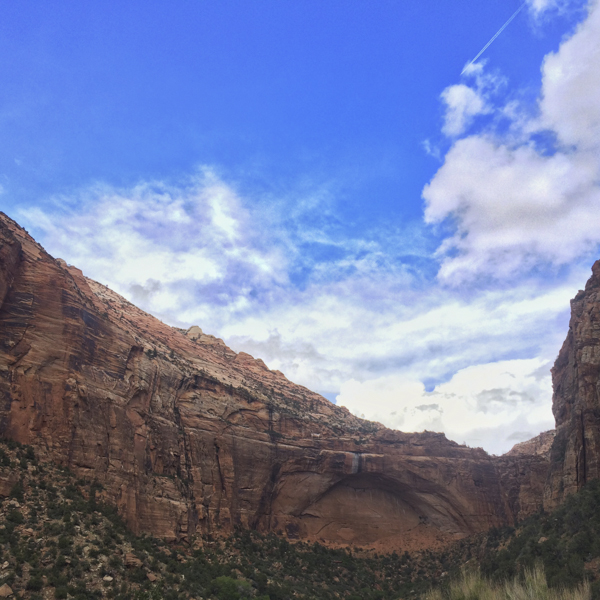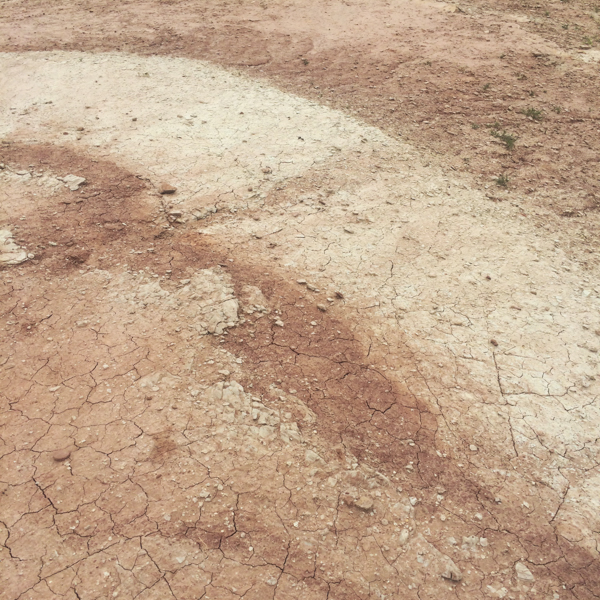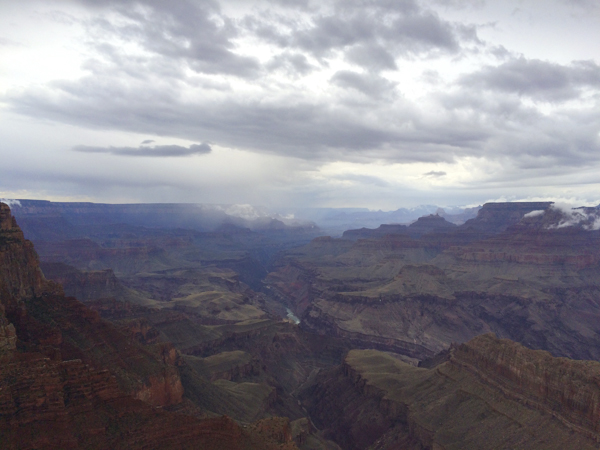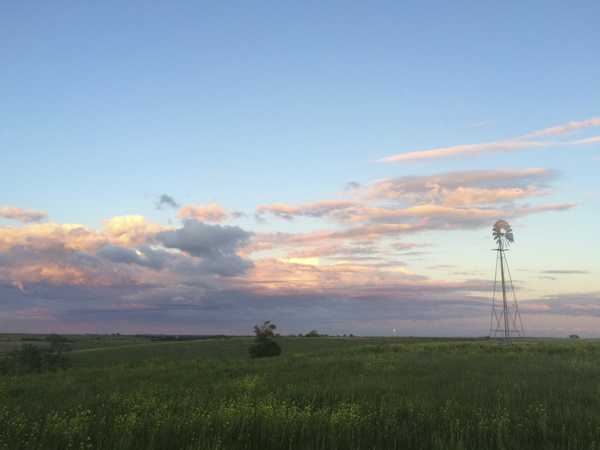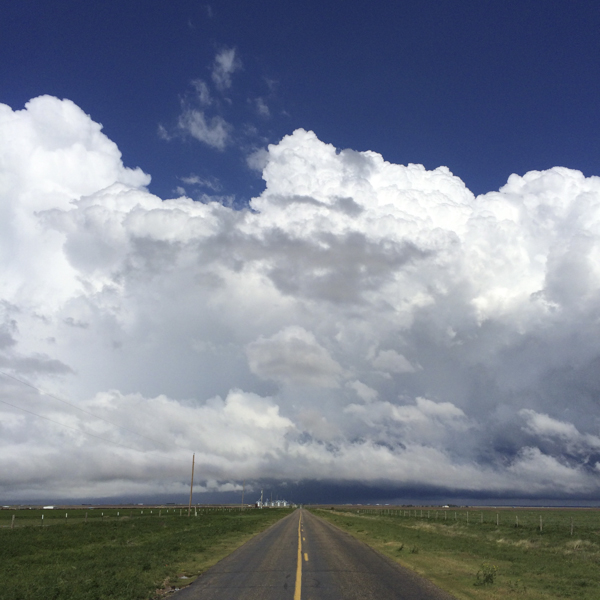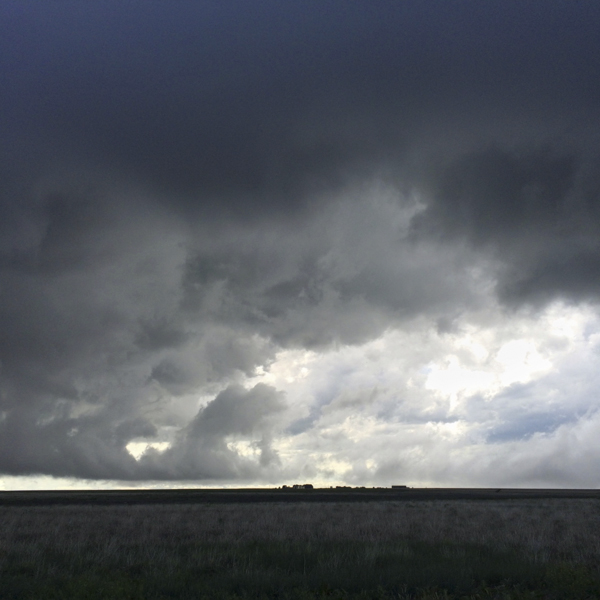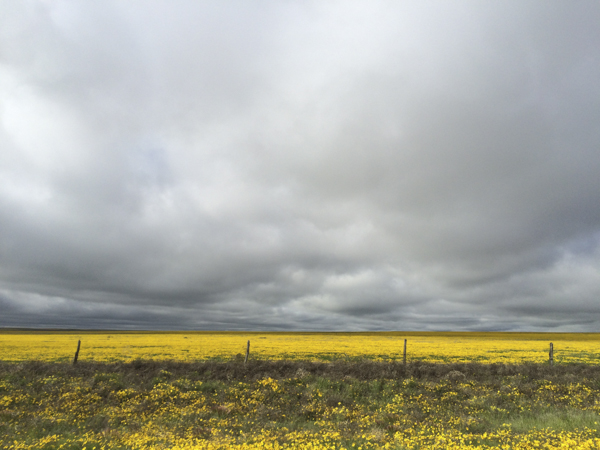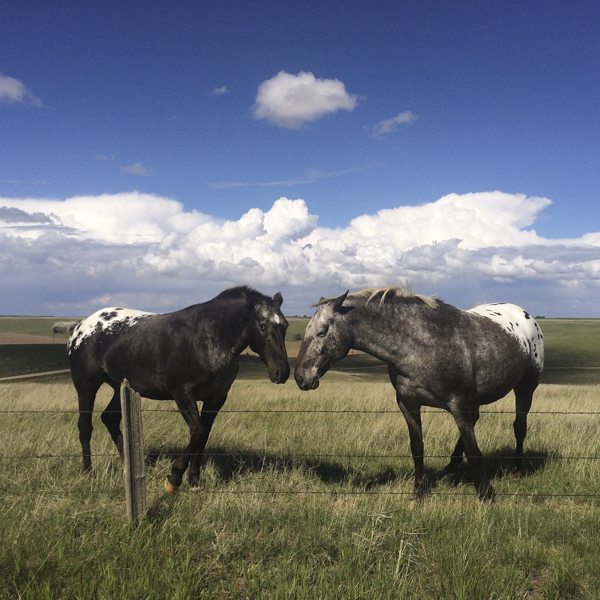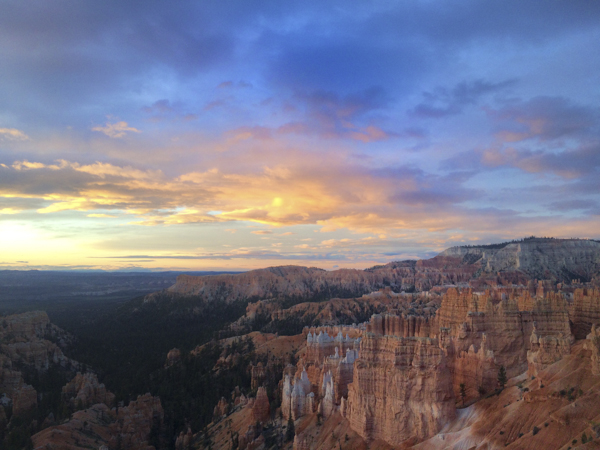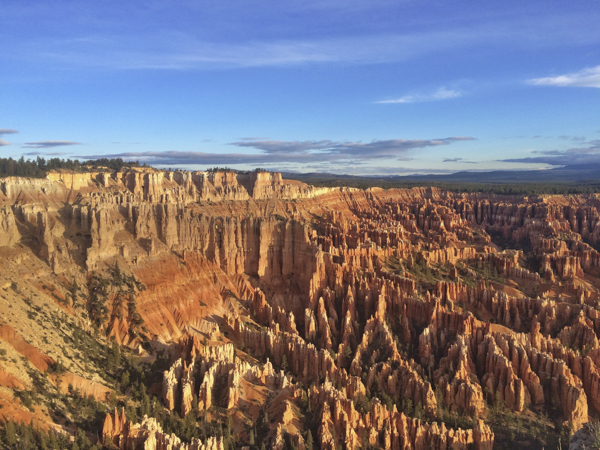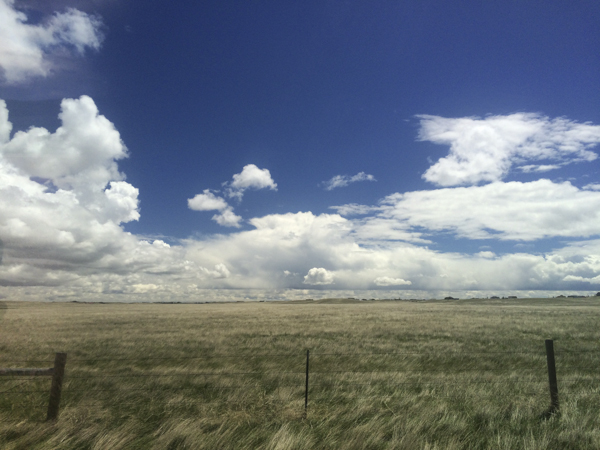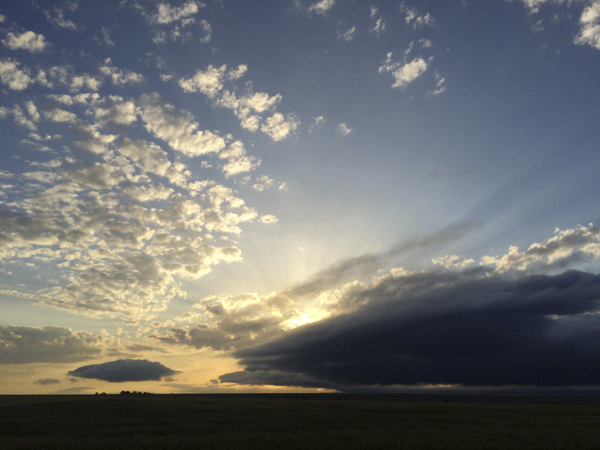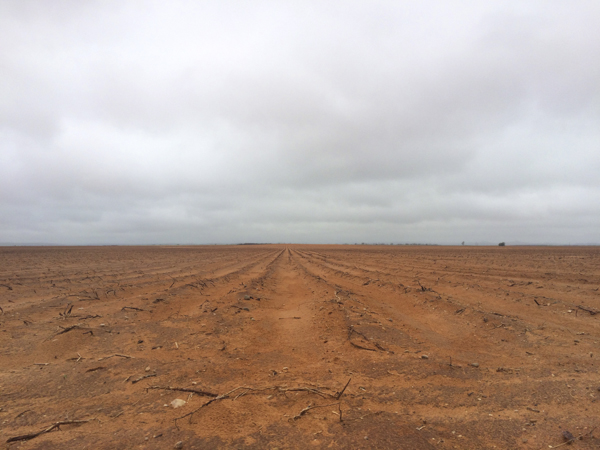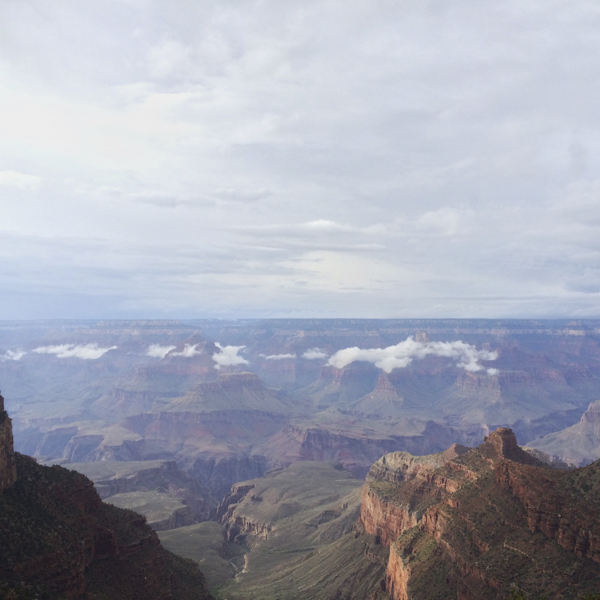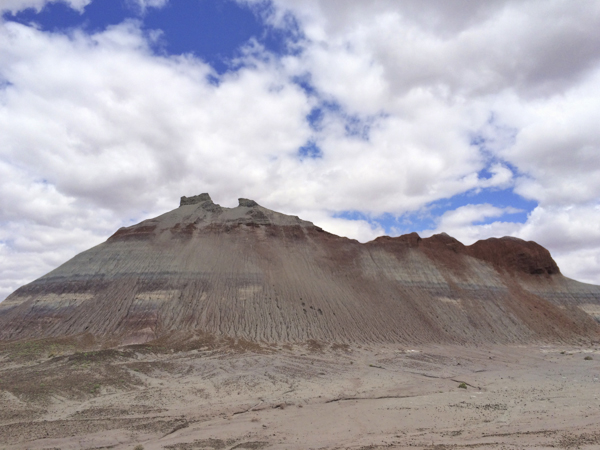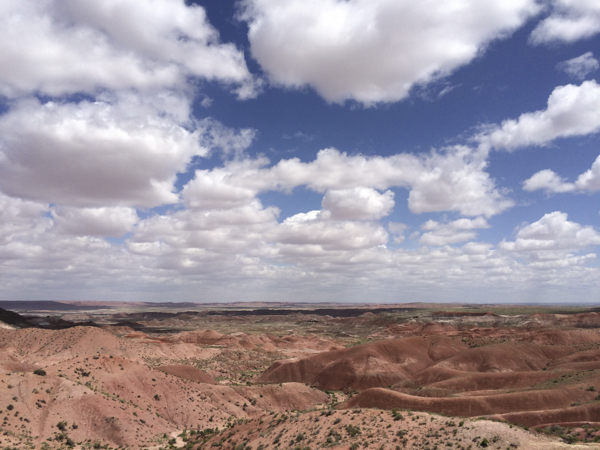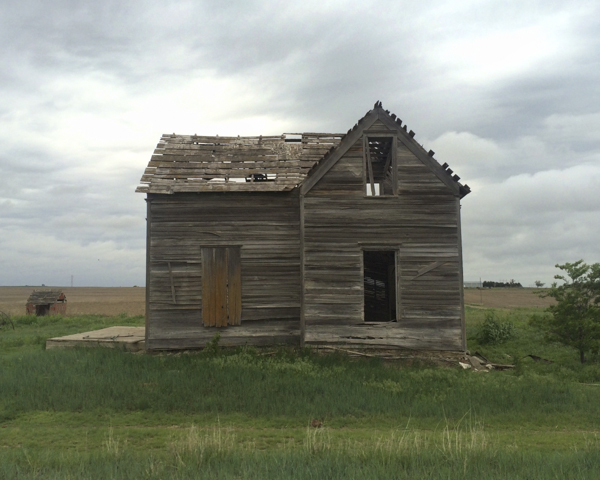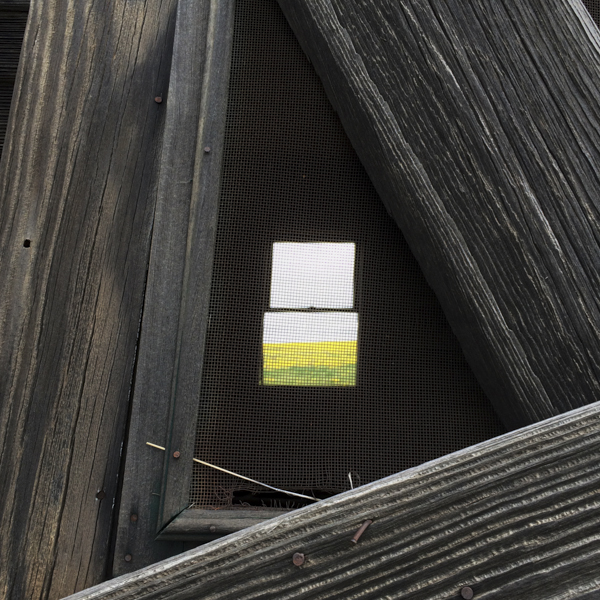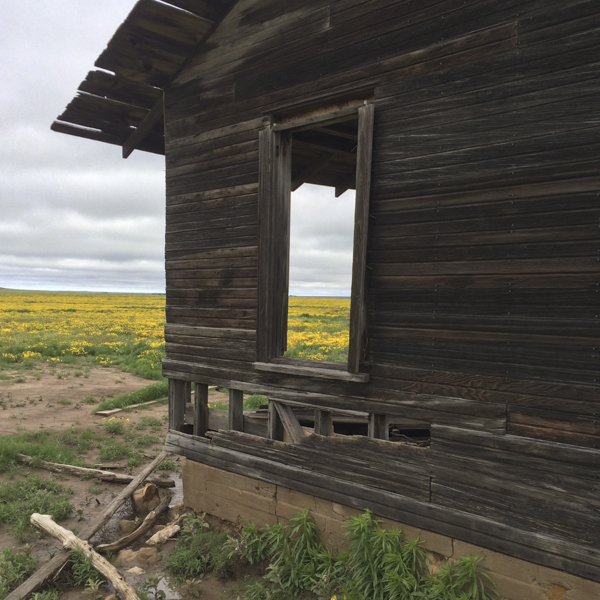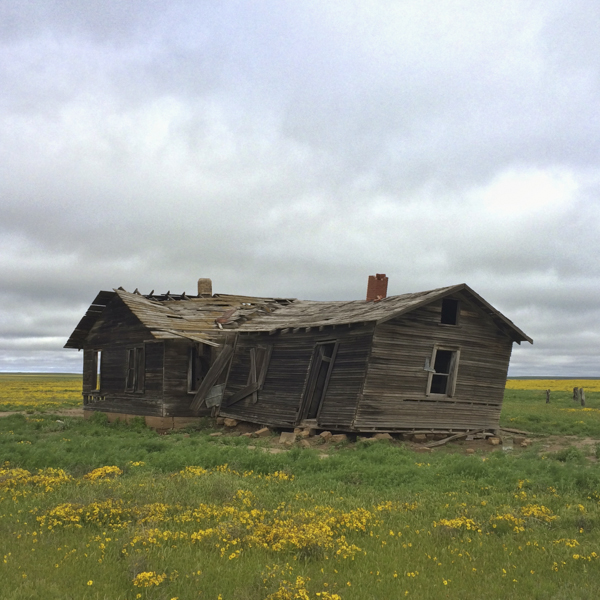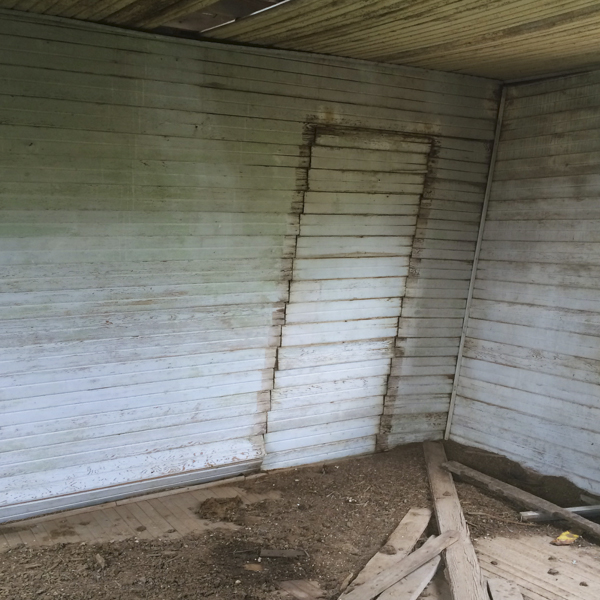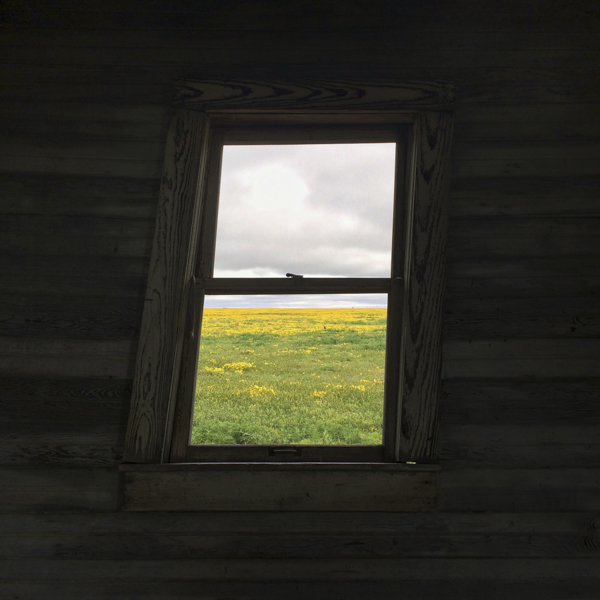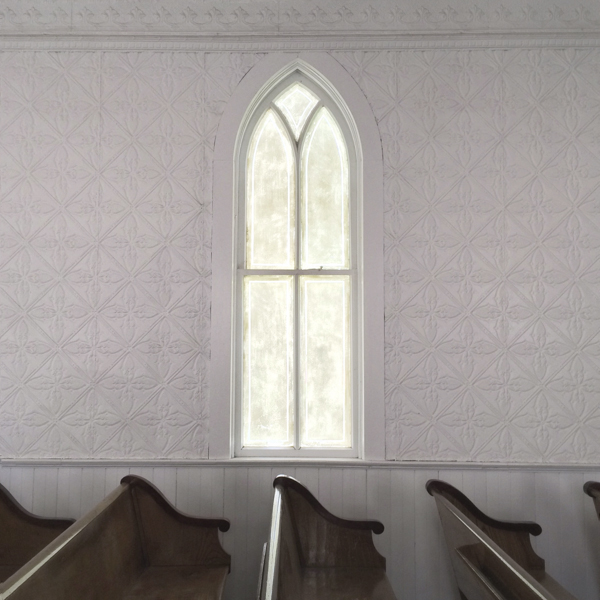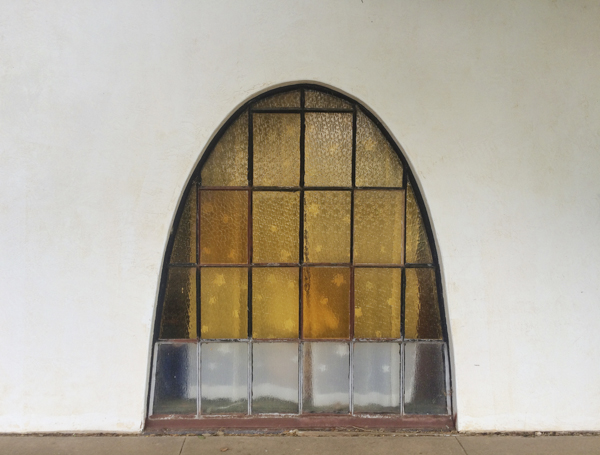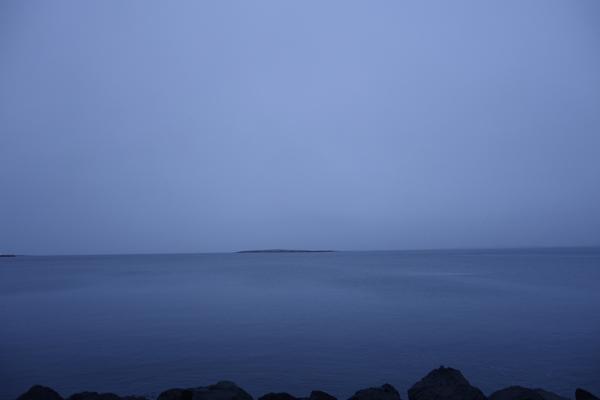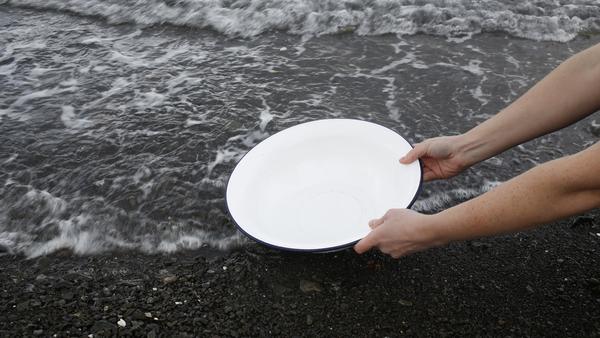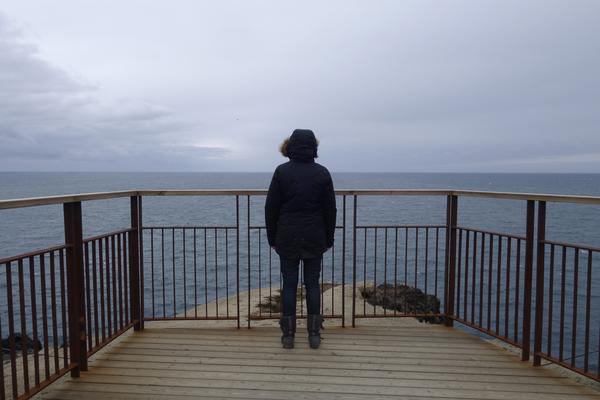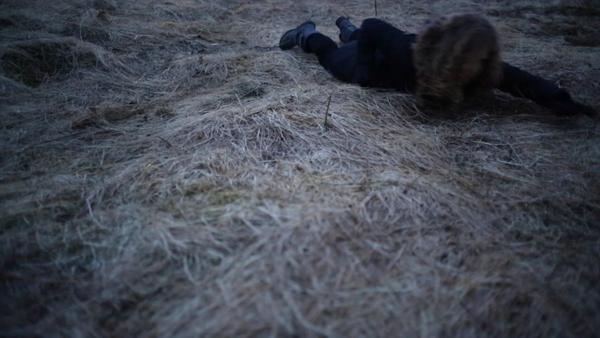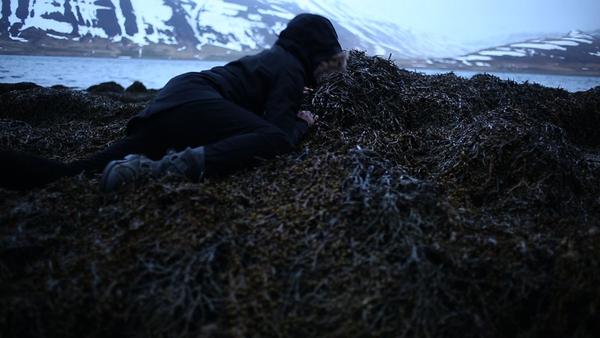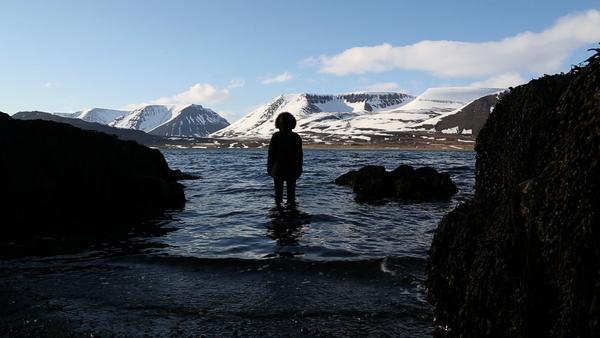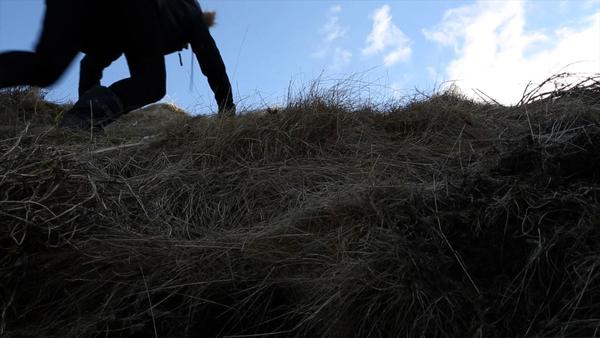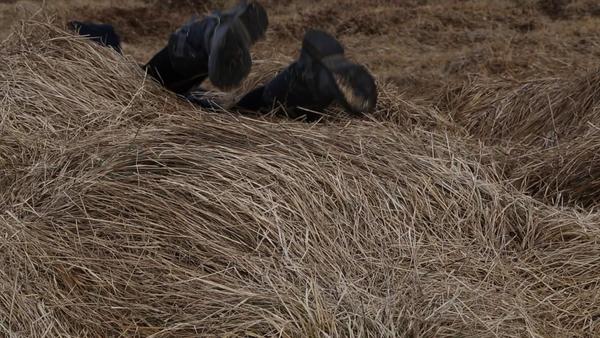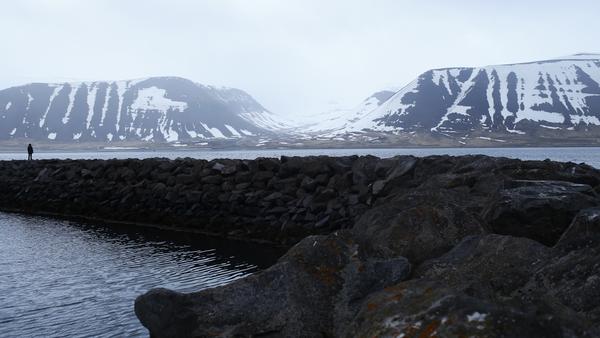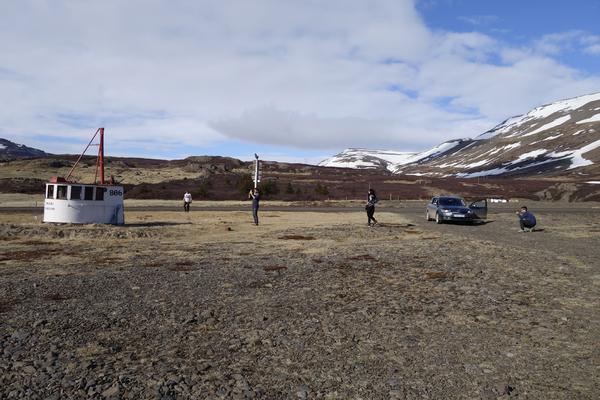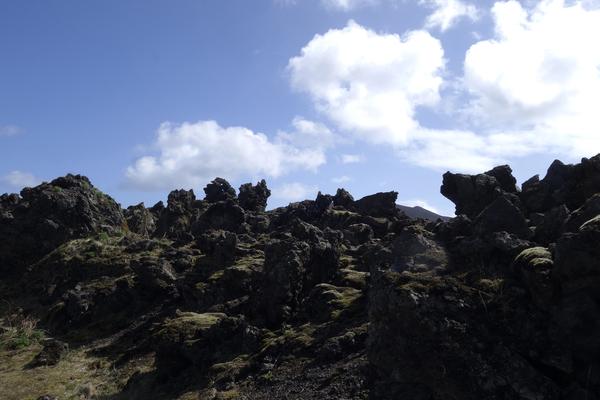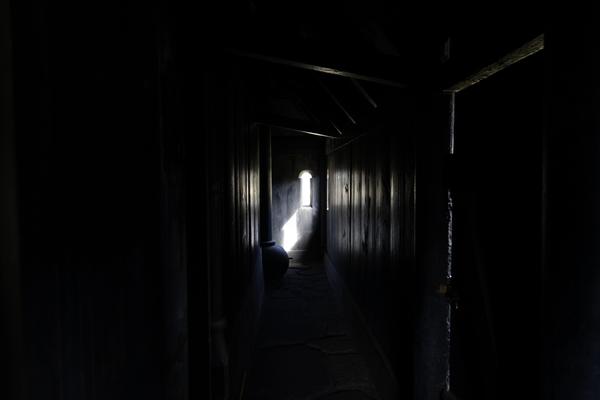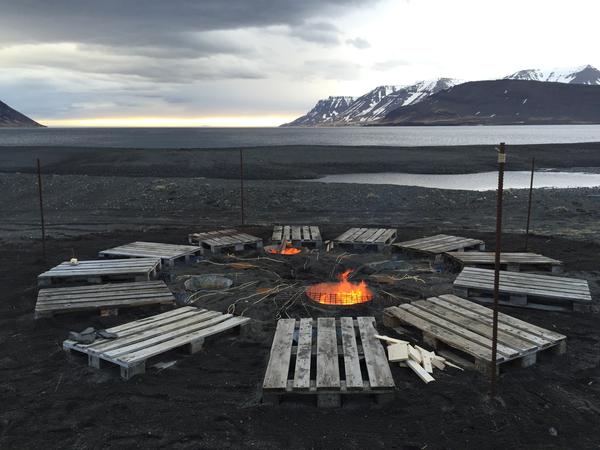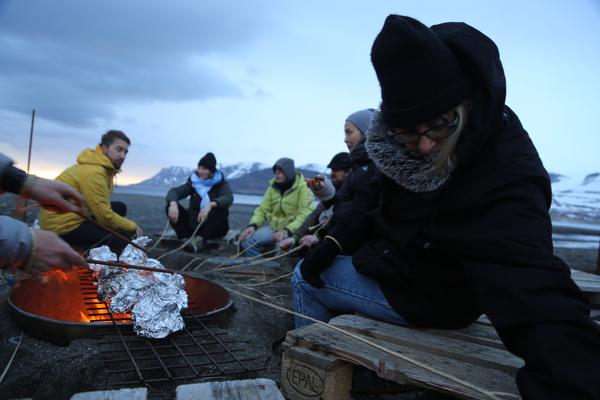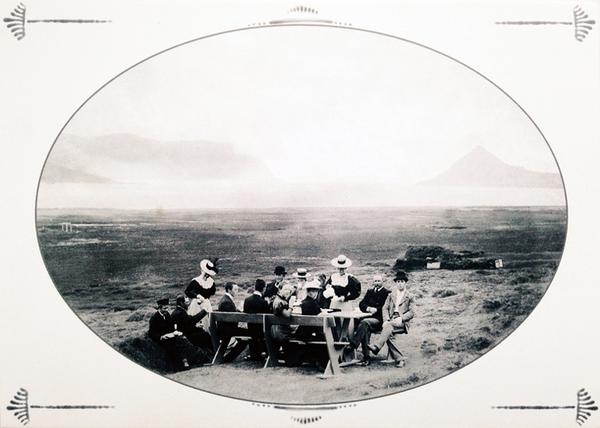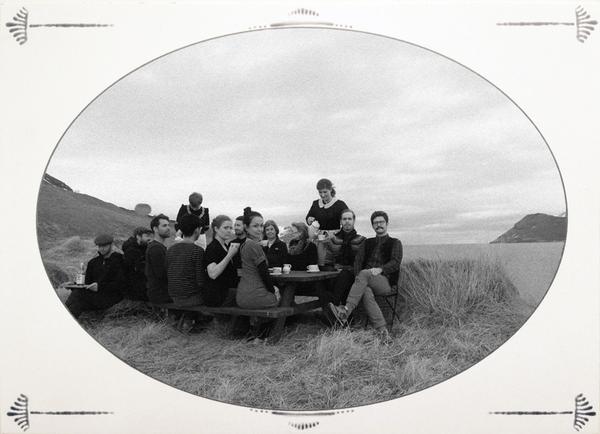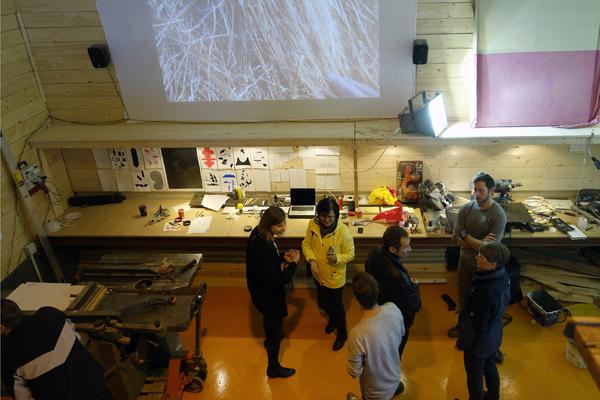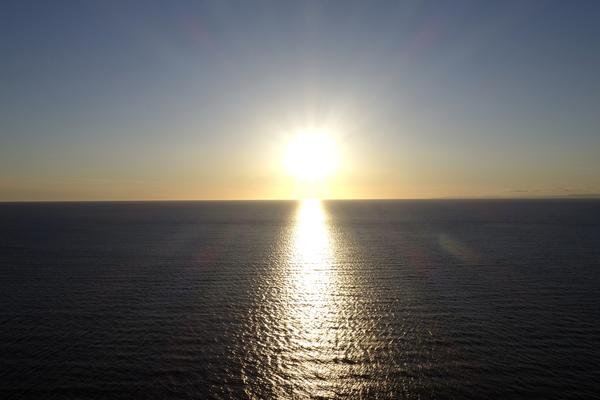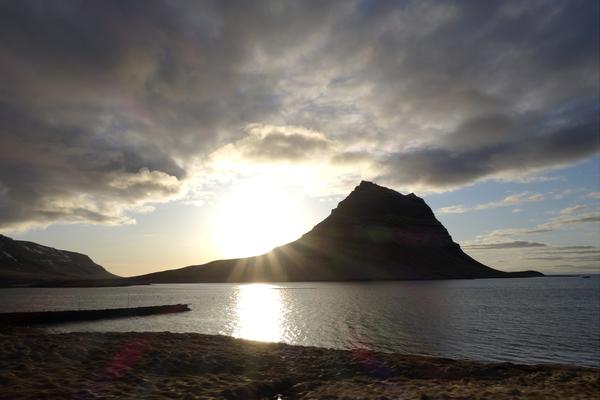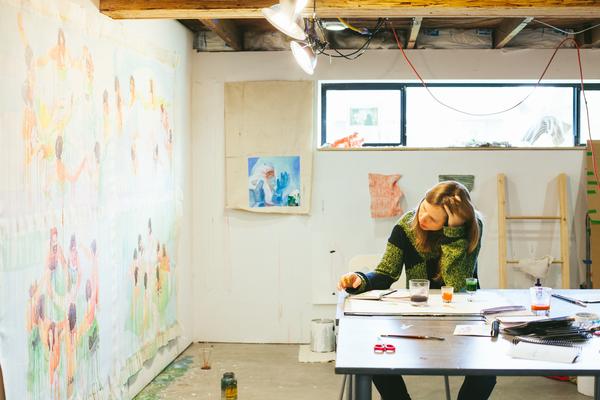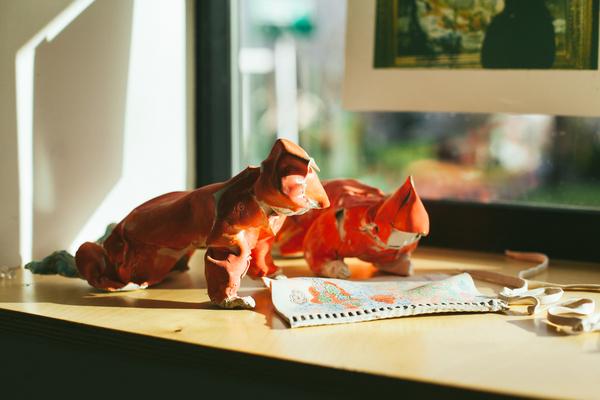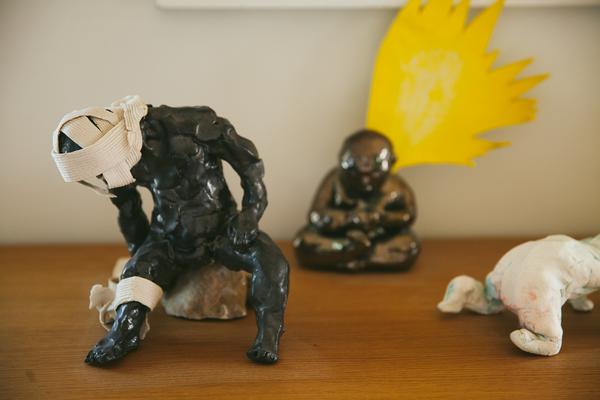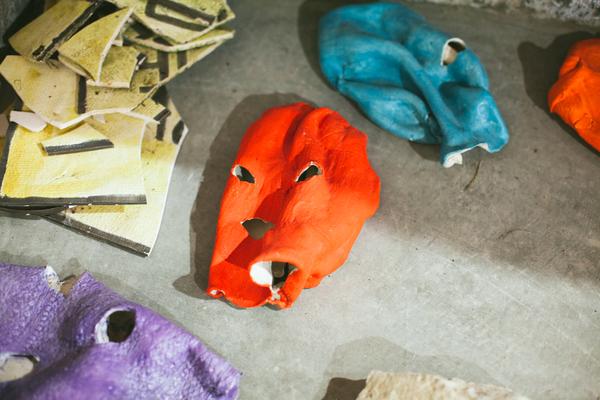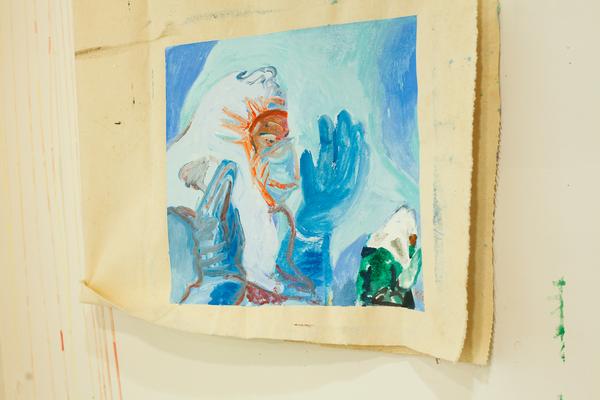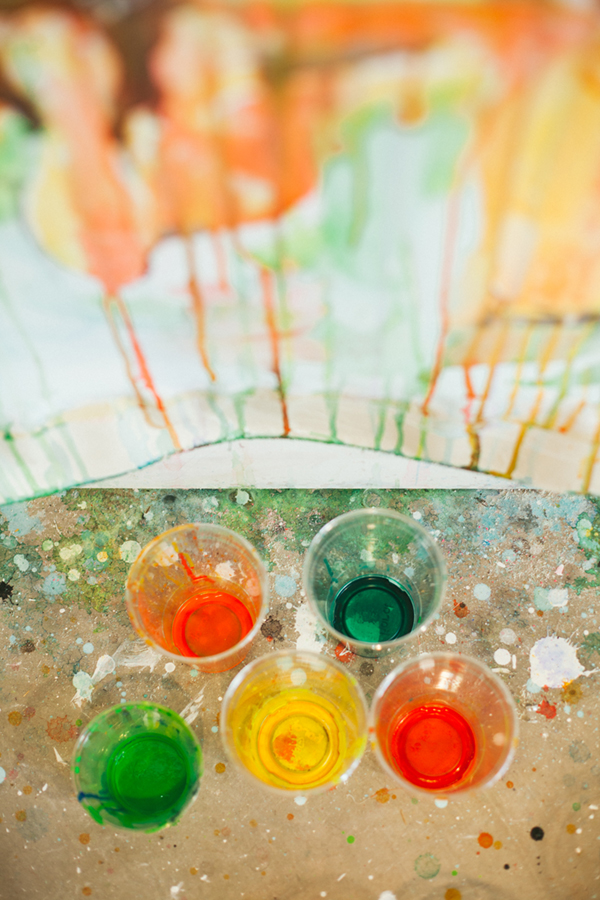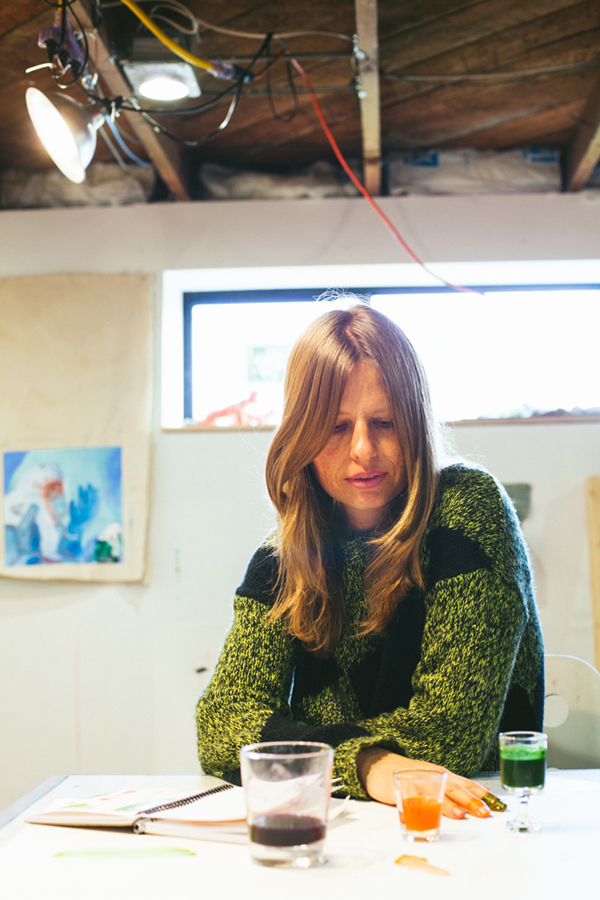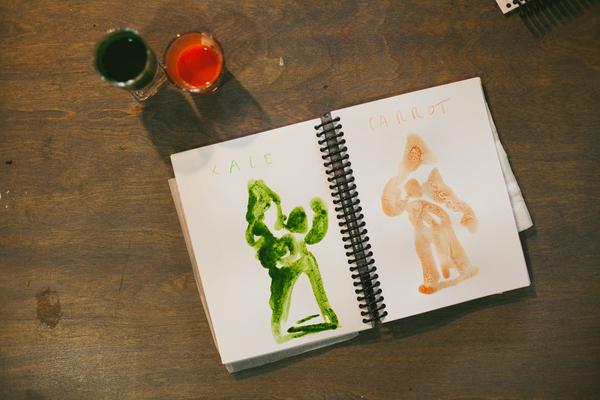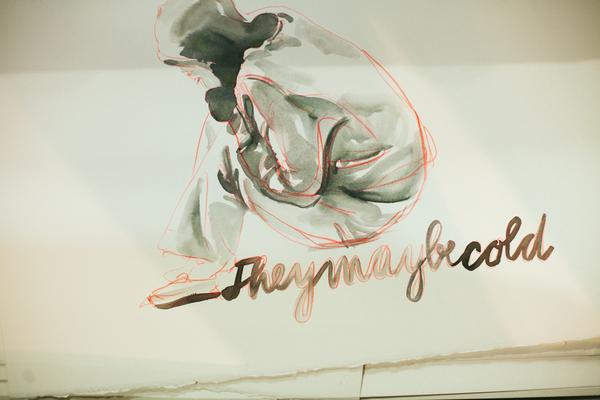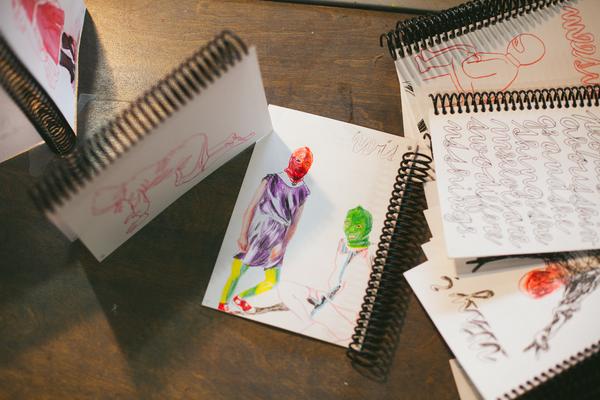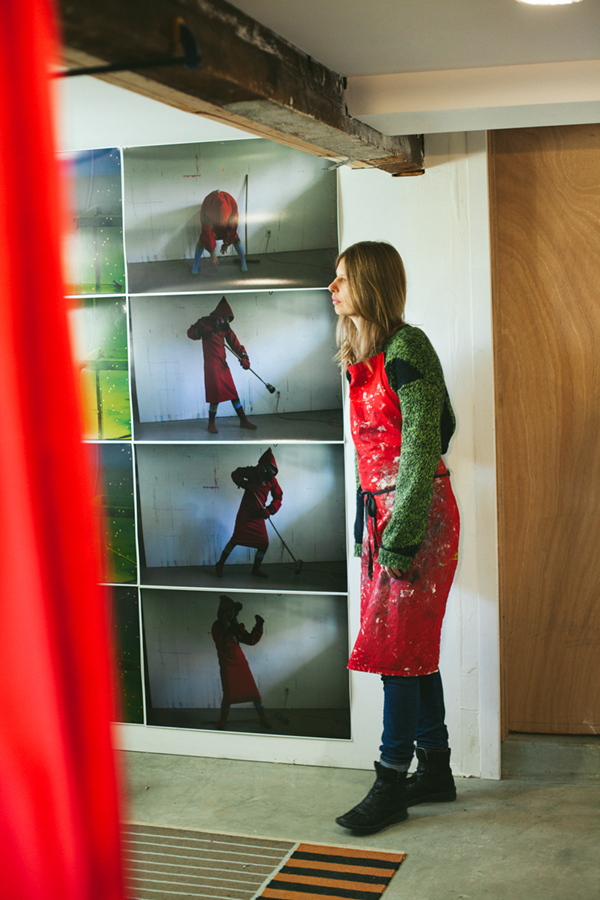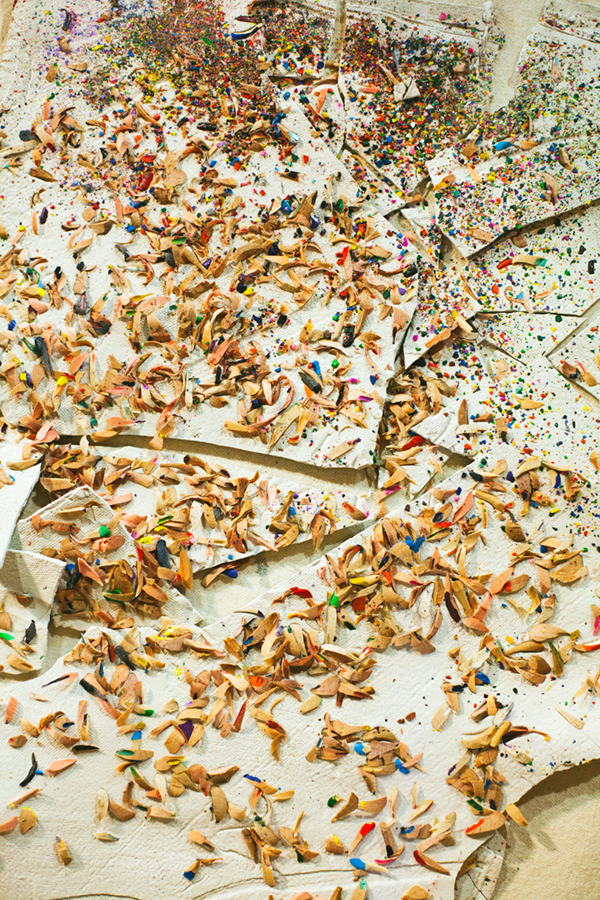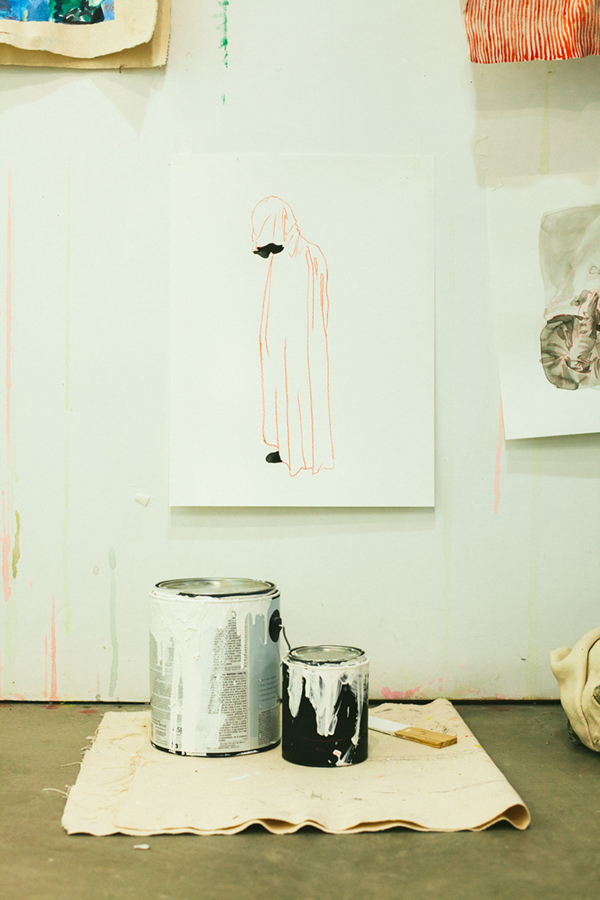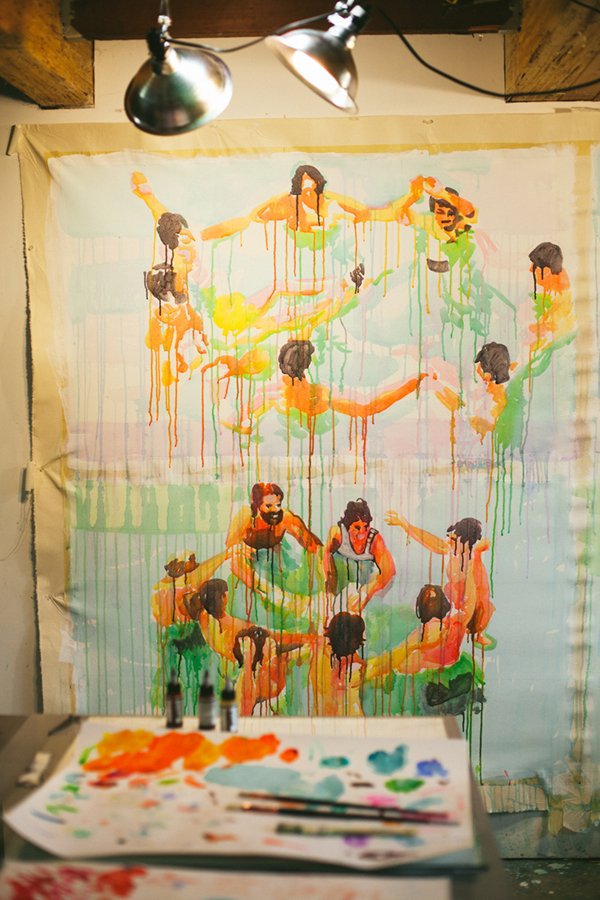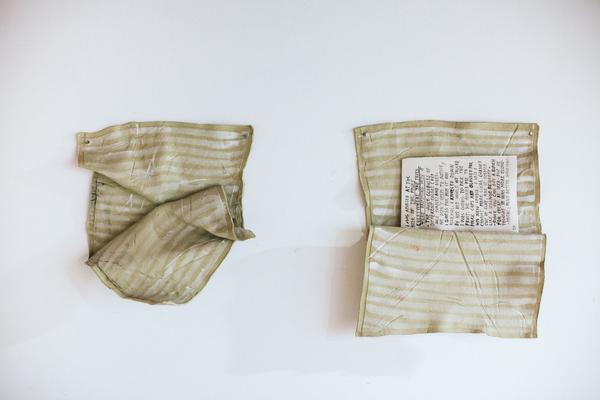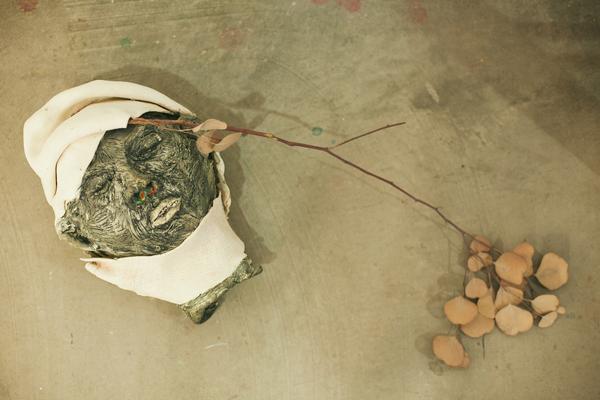Q&A: Brian Paquette

INTERVIEW BY SIERRA STINSON & SERRAH RUSSELL | PORTRAITS BY MEGUMI SHAUNA ARAI
Brian Paquette is a talented interior designer, local arts supporter, and all-around great guy. Coming from a conceptual art background, we knew he would be a great fit for our Arts Enthusiast series. Follow along as we pick his brain on his inspiration, his art collection, and how his work creates interactions between art and space, transforming houses into homes.
Vignettes: Tell us a little bit about what you do in your work and life.
Brian Paquette: Well, life first…right? I am from Newport, Rhode Island and moved to the west coast about 8 years ago looking for something different, I worked for textile company in Portland, before moving to Seattle and working in furniture, marketing and then finally taking the dive into my own venture. I started my firm about 5 years ago, just working out of my bedroom, trying to make ends meet and building relationships with the few small clients I had at the time. This industry, like most, is like snow, your success is built upon every individual snowflake hopefully coming together to make a snowball…and then hopefully a bigger snowball. I try to keep my life pretty simple, to be honest. I can be a pretty quiet person, who likes my own space and time to think, read and just be. The nature of this industry, always being on for your clients, reacting to their needs and building lifestyles for them can honestly be a bit draining, so I make sure to take a lot of quiet time. We work in many capacities. I don’t know if I have a favorite between residential or commercial work, it just comes down to common ground and good conversation and a mutual respect for each other. I like to travel as much as possible and see whatever there is to see and breathe in…it is a real important part of the process for me. There is a very fuzzy line between my work and my life…and for the most part I am ok with that because I love my work so much, but other than work, I love music, collecting art, and just being with friends laughing.
Vignettes: How did you get to that point? I know you have a background in painting and was curious where / when the crossover began for your current work?
Brian Paquette: I went to school for painting but mostly focused on conceptual work and art history, doing installations that married all of this. I graduated and if I remember correctly, was thinking about and trying to get jobs in the retail design world…places like anthropologie or ralph lauren, doing windows and the like. That never panned out and so I started working for an interior design firm in Newport for a bit before deciding it was time to get off the island. There has been and will always be this hungry art school kid in me in everything I do. I want to constantly infuse our work with that spirit as much as possible, hence why I am so drawn to the arts here in Seattle and supporting it professionally as well as personally. I talk all the time about a “creative conversation”…this basically means that I want to instill in creatives that whatever they do can be a part of creating a better foundation for what is to come, for themselves or for the future. Art shouldn’t be seen as something that is far out, or unobtainable.
Vignettes: Who are some of the artists you are most inspired by currently?
Brian Paquette: oh so many! This is hard! Frank Stella, Chris Burden, Uta Barth, Brian W. Ferry, Guido Guidi, Richter, basically everything I saw in Amsterdam last summer. I am inspired by so much. I love architecture too and Vincent Van Duysen and John Pawson do things to spaces that is beyond words. Furniture designers like Perriand and Jeaneret as well. so much!
Vignettes: Whose work do you collect? I heard about a ceramic collection you have and would love to know what other pieces you have collected over the years.
Brian Paquette: I will begin by saying that a relationship to things as just something to have and collecting does not interest me at all. At the core of what we do in work at the firm is buy things for people and that can get me down a lot…thinking about consumption and people’s relationship with things…hence why we strive to work with as much American made goods as possible. I like to be able to call anyone on the phone who is making things for our clients…this translates into the work I collect. With ceramics…well to be honest, I flunked ceramics 1 in college three times before passing to graduate…same goes for photo…this is probably why I am drawn to these styles so much. Ceramics is so tactile. In any piece that I am attracted to, I can see the artists hand. I am very much into and have collected works by Ian McDonald, Cody Hoyt, Katy Krantz, Ben Medansky, Morgan Peck to name a few. My most recent have been a few pieces by ER Studio…stunning simplistic work. I love drawing and photography as well, some of my favorites in my collection are pieces by Joe Rudko, Megumi Shauna Arai, Serena Mitnik-Miller, Brian, W Ferry, Jeremy Miranda, Malin Gabriella Nordin…and a bunch of others too… I rotate a lot of it depending on mood and well…I change my house a lot…its in my blood to move things around and try new layouts.
Vignettes: As a designer, what are your thoughts / advice for individuals incorporating art within their home?
Brian Paquette: Go slow. It’s not about money…let’s get that out on the table. It’s about connection and how it transports you out from your shoes into another place and time. I am big into sense memory and art does that. Don’t buy art to fill a space…heck most of my art is leaning on the floor or a bookshelf, because I never intended it for a specific space.
Vignettes: What do you consider when selecting art?
Brian Paquette: Mostly what I said above…but I do like to try to connect to the artist in a personal way, it can seem too much like business otherwise. It’s truly visceral for me and there is no separation for me between being in a gallery seeing priceless master works and being in someone’s living room studio in Seattle, going through sketches. The fact that people are inspired around me is enough.
Vignettes: If you could own any works of art, what would they be? / Any works you’re lusting after right now?
Brian Paquette: Oh goodness…thats a tough one. I really like the fine art works the Doug Johnston is doing now. In terms of masters in the art world though…I have my list in my head…Albers, Barth, On Kawara, too long of a list.
Vignettes: Do you have daily or weekly rituals that you find important for you to take part in?
Brian Paquette: Well, at work we have what we call Friday input days, this was an idea I stole from my good friend Kate who owns a creative agency here in Seattle, she said and I am paraphrasing…we output Monday- Thursday and on Fridays we input. We visit local artist studios, furniture makers, lighting designers, galleries or just have some new fabric rep’s come in the office…sometimes Ill bring in a new book I have dog-eared. It’s important to me to instill to my staff that this job isn’t 9-5…and more importantly that it’s not a job, that it’s a lifestyle, yes we have our separation from of it of course and that’s healthy, but I want to breathe and see art and creativity all of the time and be immersed it. Interested is interesting.
Vignettes: What do you find to be important here in Seattle creative community and the world at large?
Brian Paquette: Connection and support. We are a small crowd here…and right now all eyes are on Seattle. Anyone that wants the attention and is doing good work can have it. Our collective humility will keep us honest but we must strive to level up constantly to what is going on outside our city. I love going to shows and seeing familiar faces and the fact that a platform like Vignettes exists is a testament to our ability to help each other out. There is so much change going on in Seattle right now…and the rest of the world. I think as artists and art supporters we have a chance to inspire people to slow down a bit.

